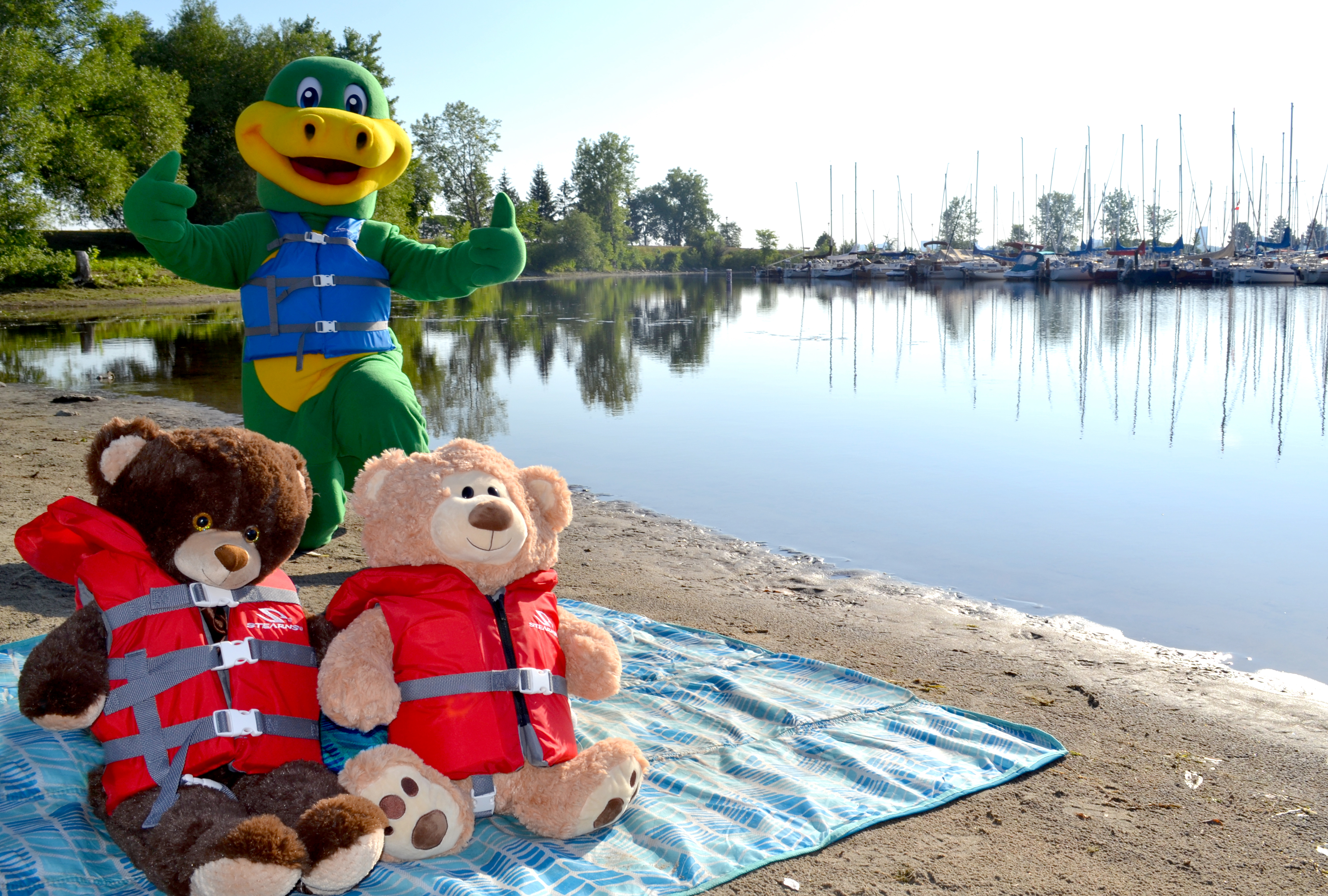Drowning Prevention Week
It’s Drowning Prevention Week and the City of Ottawa is sharing important messaging and reminders for people to help keep them safe. This is not a typical year, and yet, many of us…
Monday Moments: Water
This post is part of Capital Mom’s Monday Moments – each week there is a different topic. This week, the topic is Water. Last summer, at the Superstore I purchased a sprinkler for…
